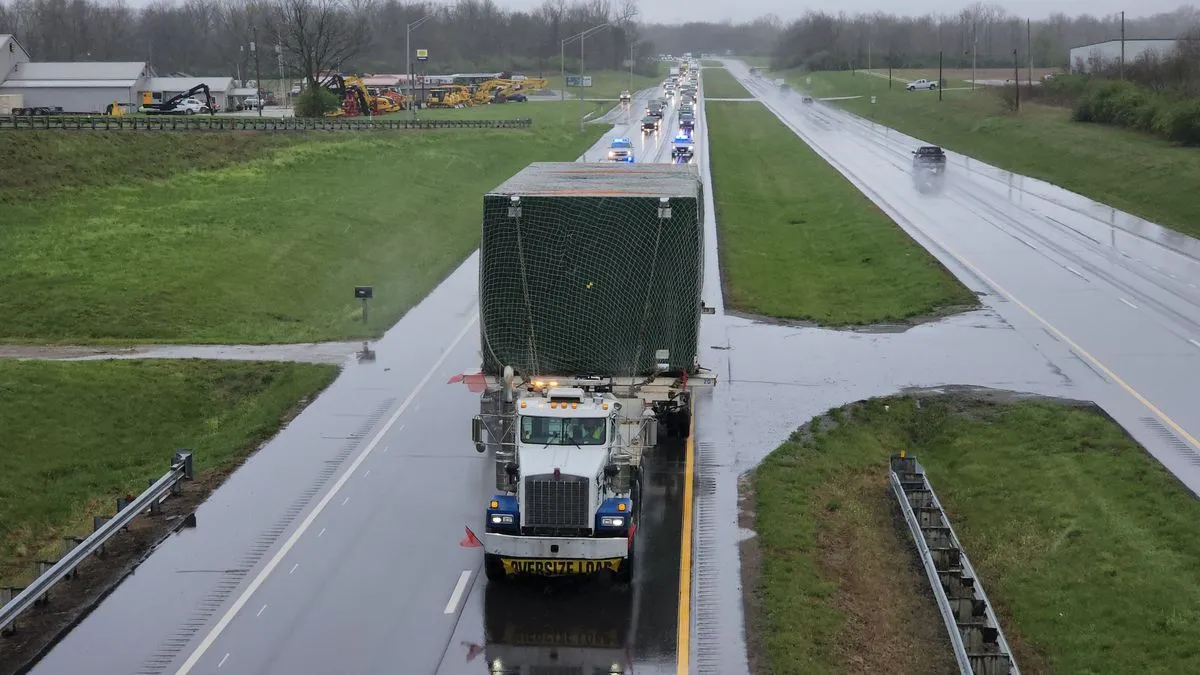Intel’s 916,000-pound shipment is a “cold box,” a self-standing air-processor structure that facilitates the cryogenic technology needed to fabricate semiconductors. The box is 23 feet tall, 20 feet wide, and 280 feet long, nearly the length of a football field. The immense scale of the cold box necessitates a transit process that moves at a “parade pace” of 5-10 miles per hour. Intel is taking over southern Ohio’s roads for the next several weeks and months as it builds its new Ohio One Campus, a $28 billion project to create a 1,000-acre campus with two chip factories and room for more. Calling it the new “Silicon Heartland,” the project will be the first leading-edge semiconductor fab in the American Midwest, and once operational, will get to work on the “Angstrom era” of Intel processes, 20A and beyond.
I don’t know why, but I’ve never thought of the transport logistics involved in building a semiconductor fabrication plant.



No, comparing a zeppelin with a pickup will never be a direct comparison.
How are the payload weights between pickup trucks and Zeppelins different then?
They are fundamentally different types of vehicles. But putting that aside, if you want to compare the largest payload that each vehicle can transport you wouldn’t just use the pickup truck’s GVWR, you would also include it’s towing capacity. There’s a reason 90% of the time people use a pickup to haul something, they’re towing.